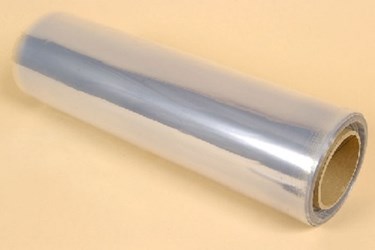Why Permeable Packaging Can Be Very Problematic
By Isaac Fletcher, contributing writer, Food Online

Shelf-life is an important indicator of how well a product’s packaging performs. Creating packaging that has barriers against moisture, oxygen, and contaminants is a critical step toward building a quality product line
When it comes to shelf-life, the packaging in which a product is stored and sold is surprisingly often overlooked. Without proper packaging, a product can easily lose weeks or months from its potential shelf life by becoming increasingly vulnerable to bacteria, fungi, oxygen, and various other contaminants. In many cases, food manufacturers assume packaging methods and techniques are sufficient enough to protect the product, but they may not take the time to thoroughly test the packaging’s strength initially and over time.
Related: Important Factors In Permeation Measurement
Gas buildup and changes in atmospheric pressure around the packaged product may degrade the durability of the packaging over time. When a product’s packaging is compromised in this way, the product inside can become damaged by fat oxidation, degradation, and fungal/bacterial contamination. Not only do these vulnerabilities create food-safety concerns, they also cost the manufacturer valuable time, money, and potential clients.
The permeability of individual packaging can result in lasting harmful effects on the food stored inside. For example, packaging that allows moisture to flow in and out of the barrier can significantly alter the moisture content and water activity of the product. This can lead to levels of water activity that are potentially hazardous and change the storage requirements for a given item. To increase product shelf life and avoid packaging and food degradation over time, manufacturers look to packaging that does not allow any significant airflow through the packaging barrier. Additionally, many manufacturers are putting an increased focus on bio-packaging as the future of produce and meat packaging and a solution against degradation and contamination.
Podcast: How Packaging Development Can Make Or Break Your Product
Packaging has many important roles, but ensuring that the food inside is properly preserved and its shelf-life potential is fully met may be at the top of the list. Improper packaging technique, poor choice of material, and attempts to cut corners can greatly affect product longevity, hurting profits, and deteriorating consumer confidence.
Overall, manufacturers need to ensure that they have the best packaging possible if they hope to create and maintain a high-quality line of products. Packaging-leak detection and a wide array of various other shelf-life product tests can help pinpoint problem areas and improve product viability.
